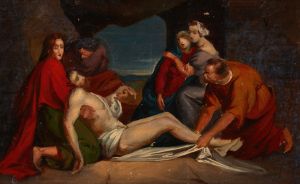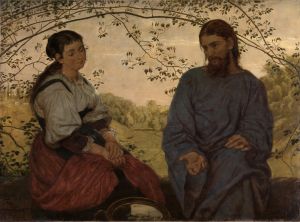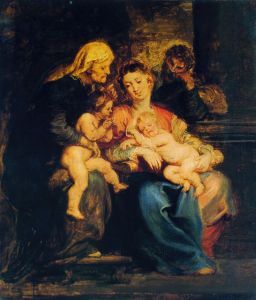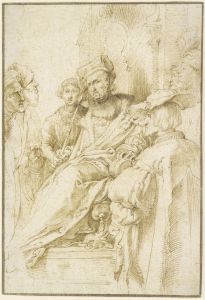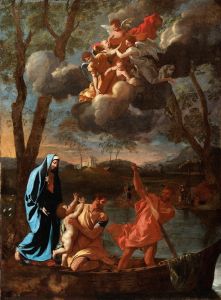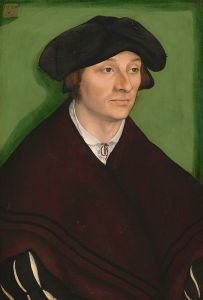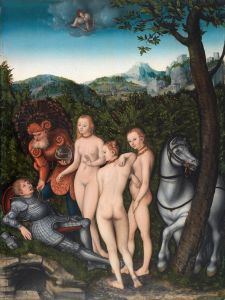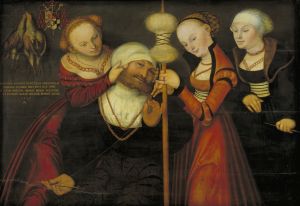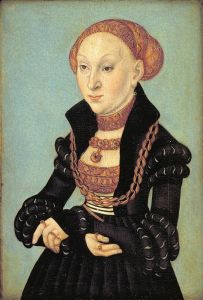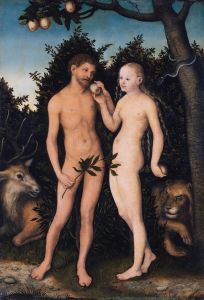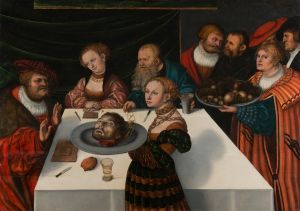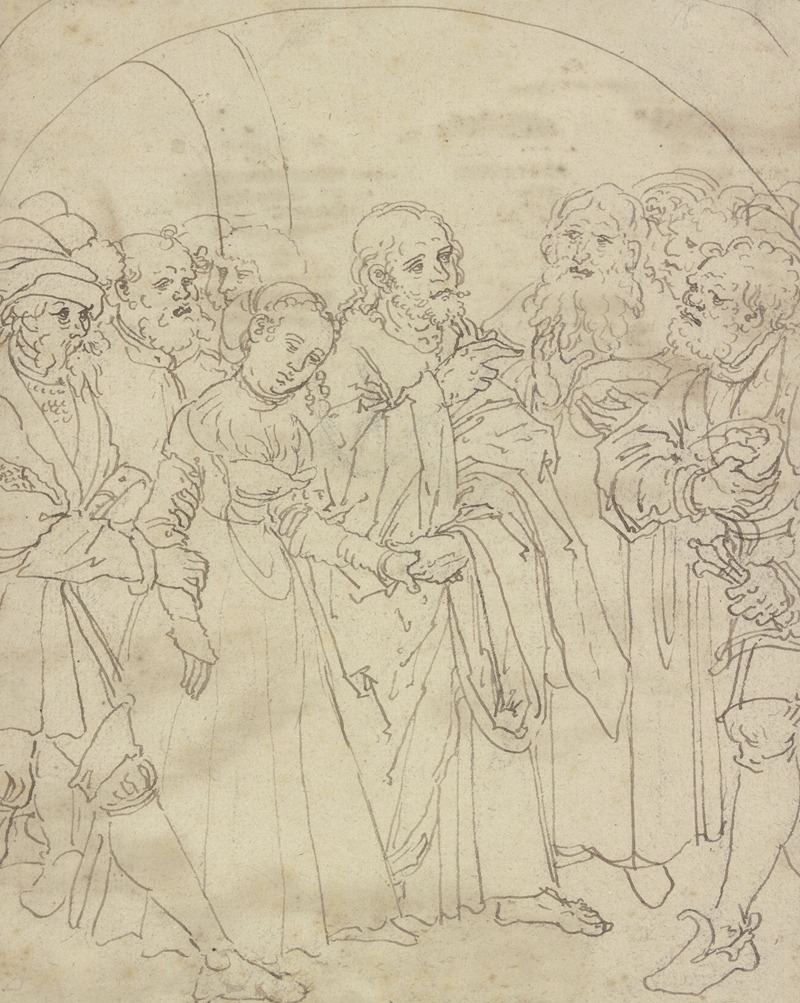
Christus und die Ehebrecherin
A hand-painted replica of Lucas Cranach the Elder’s masterpiece Christus und die Ehebrecherin, meticulously crafted by professional artists to capture the true essence of the original. Each piece is created with museum-quality canvas and rare mineral pigments, carefully painted by experienced artists with delicate brushstrokes and rich, layered colors to perfectly recreate the texture of the original artwork. Unlike machine-printed reproductions, this hand-painted version brings the painting to life, infused with the artist’s emotions and skill in every stroke. Whether for personal collection or home decoration, it instantly elevates the artistic atmosphere of any space.
Lucas Cranach the Elder, a prominent German Renaissance painter, created the artwork "Christus und die Ehebrecherin" (Christ and the Adulteress) around 1532. Cranach was known for his portraits, religious scenes, and mythological subjects, often characterized by their vivid colors and detailed figures. This particular painting is a notable example of his religious works, reflecting the themes and artistic style of the Northern Renaissance.
"Christus und die Ehebrecherin" depicts the biblical story from the Gospel of John, Chapter 8, where Jesus encounters a woman accused of adultery. According to the narrative, the scribes and Pharisees bring the woman to Jesus, seeking to test him by asking whether she should be stoned as per the Law of Moses. Jesus responds by stating, "He that is without sin among you, let him first cast a stone at her." This statement leads the accusers to leave one by one, and Jesus tells the woman that he does not condemn her and advises her to sin no more.
Cranach's painting captures this moment of moral and theological significance. The composition typically includes Jesus at the center, surrounded by the accusers and the woman. Cranach's depiction emphasizes the tension and drama of the scene, with expressive gestures and facial expressions that convey the emotional weight of the encounter. The figures are often dressed in contemporary 16th-century attire, a common practice in Renaissance art to make biblical stories more relatable to the viewers of the time.
The painting is executed with Cranach's characteristic attention to detail and use of color. His style often includes elongated figures and a certain elegance in the portrayal of drapery and textures. The use of light and shadow in the painting enhances the three-dimensionality of the figures and adds to the overall dramatic effect.
Cranach's work was deeply influenced by the religious and cultural context of his time. He was a close friend of Martin Luther and an active participant in the Protestant Reformation. His art often reflects the theological ideas of the Reformation, emphasizing themes of grace, forgiveness, and the direct relationship between the individual and the divine. "Christus und die Ehebrecherin" can be seen as an embodiment of these ideas, highlighting the message of compassion and forgiveness central to the Reformation's interpretation of Christianity.
The painting is part of a broader body of work by Cranach that explores biblical themes with a humanistic approach. His ability to convey complex theological concepts through accessible and engaging imagery made his work popular during his lifetime and continues to be appreciated today.
"Christus und die Ehebrecherin" is housed in various collections, with several versions and copies attributed to Cranach and his workshop. This reflects the common practice of the time, where popular compositions were reproduced to meet the demand for religious art. The painting remains an important example of Cranach's contribution to Renaissance art and his role in the cultural and religious transformations of the 16th century.





